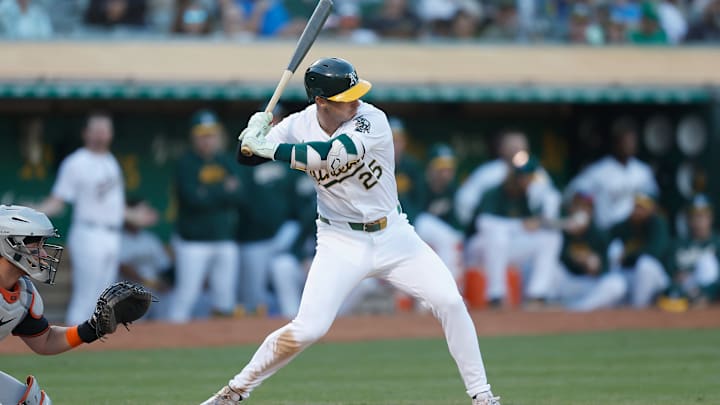Major League Baseball's trade deadline falls on July 30th this year. That's 10 days away. Teams in contention are frantically searching for additions to get them over the hump, fringe teams are taking these last few days to get a better idea of their direction on the season, and sellers are licking their chops at the potential returns for their players.
The St. Louis Cardinals, as of now, fall into the first category. They are in sole possession of the second Wild Card spot, and a hot seven weeks has given them hope for the second half of the season. Therefore, we as fans can fully expect the team to add key pieces at the deadline this year. The Cardinals, in a perfect world, would acquire a high-leverage reliever, a right-handed hitting outfielder, and a mid-level or higher starting pitcher.
With the Atlanta Braves, Milwaukee Brewers, and Los Angeles Dodgers showing cracks and vulnerabilities, the right moves this deadline can vault the Cardinals into the top of the National League standings.
The team will likely be priced out of players like Garrett Crochet, Luis Robert Jr., Jazz Chisholm, and Mason Miller. These four players are probably the best who are on the trade block this deadline, and the Cardinals won't be able to match the prospect packages that teams like the Los Angeles Dodgers, Baltimore Orioles, and San Diego Padres could put together. It's also not John Mozeliak's tendency to make big swings at the deadline.
Rather than focusing on the highest level of trade candidates, Mozeliak can still find plenty of quality players in the next tier. This selection of players won't cost as much in player capital, and they'll still provide quality performances for the team. I've identified relievers, outfielders, and starters that fit a need for the Cardinals and are within their budget. They are in no particular order.
The guys at the Dealin' the Cards podcast recently identified 10 trade candidates. I'll double up on some of theirs, but I'll also identify some different options. You can watch their video below.
